L’artiste returns with its latest and purest implementation of anti-anti-anti-art. An NFT which encompasses the idea of nothingness in a more profound way than ever “seen” before.
the background.
To learn more about the reclusive figure known as l’artiste (it/it/its) and the origins of the anti-anti-anti-art [-{-(-art)}] movement, you may wish to read the article about its first-piece: lecarrénoir.
the inspiration.
The concept of minimalist art revolves around the idea that less is more. L’artiste posits that if “less” is indeed “more”, then by logical extension surely “nothing” must be “everything”. Minimalist art is meant to be simple yet impactful, drawing the viewer’s attention to the essence of the piece rather than being distracted by unnecessary embellishments.
While its debut work of [-{-(-art)}] was a labour of love involving the creation of 10,000 canvases, the next would carry the theme of minimalism deeper, into the process of creation itself.
the process.
L’artiste put many hours of thought into how this should be achieved. After painstakingly compiling a series of (entirely blank) working sketches in notebooks, sketchpads, canvases and in digital formats using Adobe Illustrator, it finally hit upon the most minimal form of [-{-(-art)}]: No art at all.
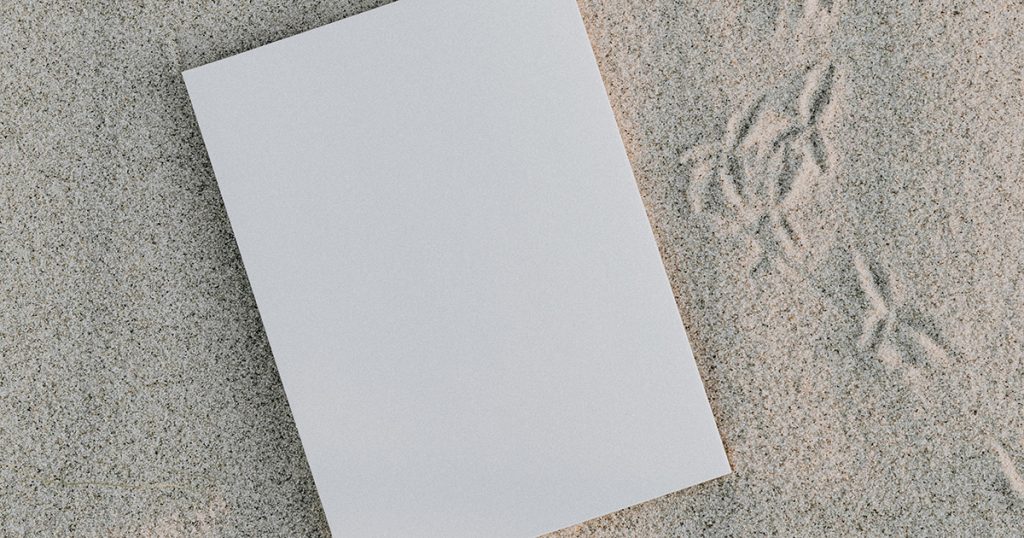
This absence of art was already there. In fact it was already everywhere. In every location in the world (and beyond) l’artiste‘s lack of art was already present. Despite not being named and labelled, it realised that l’espacenégatif was already being displayed simultaneously in every art gallery around the world. In Paris’s Musée d’Orsay, New York’s MoMA, Bilbao’s Guggenheim, and London’s Tate Modern, l’artiste‘s absence was present, and likely always would be.
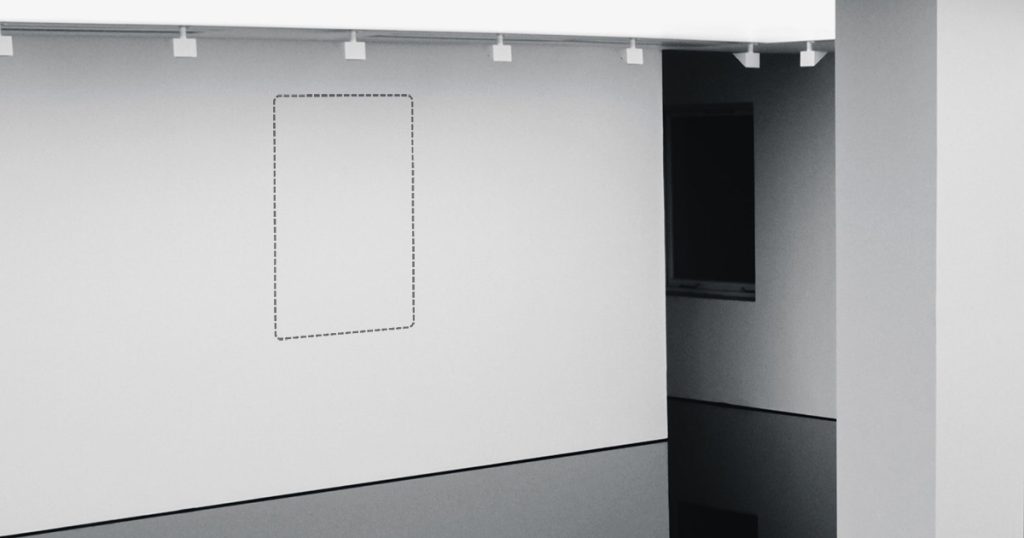
It was not only the art world that had accepted this lack of art. In every home and public building around the world, l’espacenégatif was proudly displayed. It was on the dark side of the Moon, in the centre of the Sun, on the surface of Earendel, the most distant known star, and no doubt even further afield. If other dimensions exist, this eternal lack of form would be in them all.
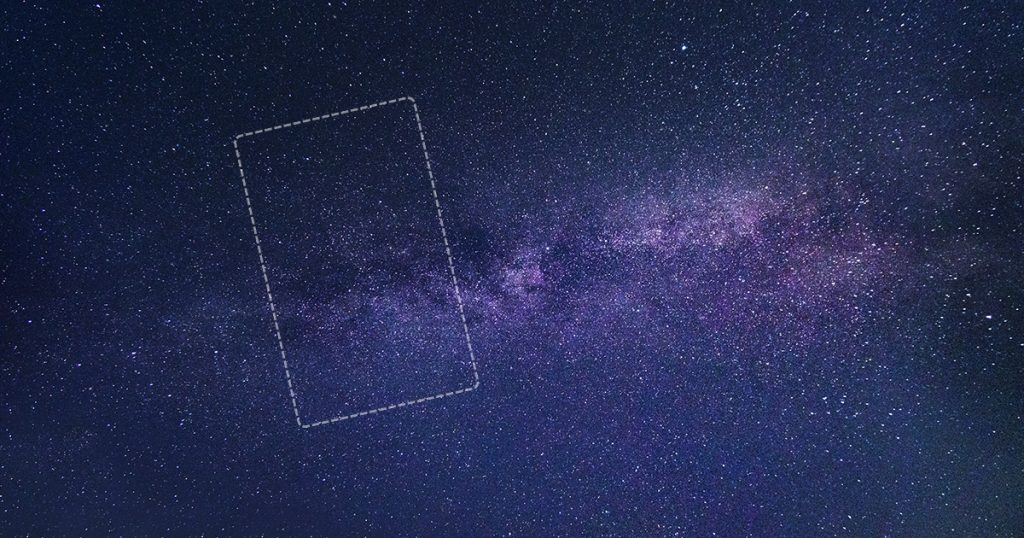
Considering this possibly the greatest success any artist could hope to achieve, l’artiste decided to immortalise this new piece in the form of an NFT, as a companion piece to lecarrénoir. Although this would be much quicker and easier to create than its predecessor, it would be even more meaningful.
less = more
l’artiste
∴
nothing = everything
L’artiste decided to use the Golden Ratio as a basis for the piece’s structure. This ratio helped to convey a sense of intentionality and thoughtfulness in the artwork. Minimalism is often associated with a deliberate, careful approach to creating art, and the use of a the Golden Ratio underscored that sense of intentionality. It also created a sense of timelessness and universality. The proportion has been used for centuries, and its appearance in l’espacenégatif creates a connection between this most contemporary art and the broader history of art and design.
The result of this piece is, at its most straightforward, simply a transparent rectangle. As with lecarrénoir, this is a piece of work that could technically be replicated in seconds, but would it have same the meaning imbued within its very absence as l’artiste‘s conceptual creation? Of course not.
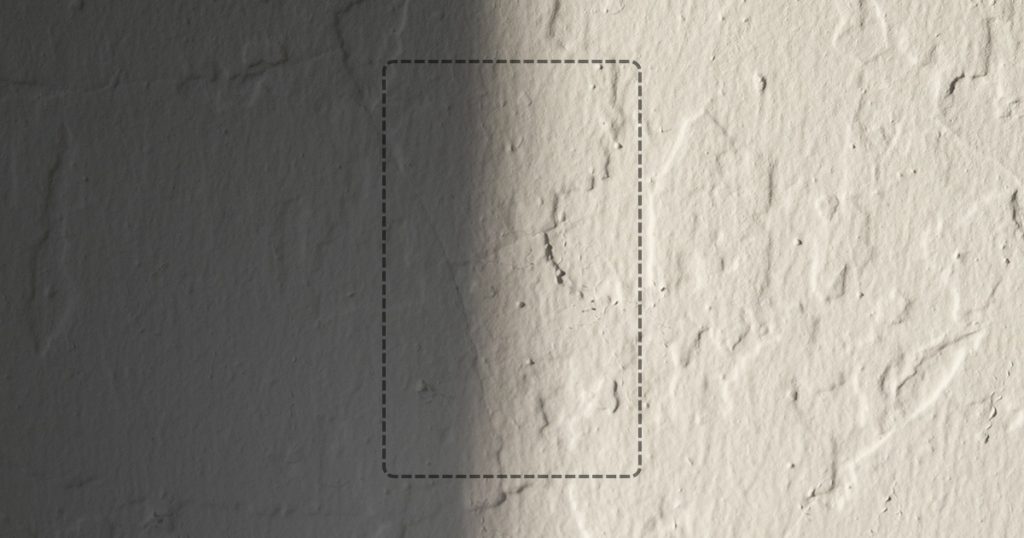
the investment.
While it may seem counterintuitive to purchase an NFT that appears to be nothing more than a clear rectangle, it’s important to consider the deeper meaning behind the work. This rectangle represents a blank canvas, a symbol of endless possibilities and potential. It is a reminder that sometimes, the most profound beauty can be found in simplicity. By definition it contains no errors, no carelessly-brushed lines, no mistakes. It doesn’t age as the pigments in a painting might fade, or the surface of a sculpture might erode over time. It is therefore the only piece of art that can be considered both flawless and timeless.
Furthermore, owning this most minimalist of NFTs is a statement in and of itself. It is a sign that the owner values the concept of minimalism and understands that not all art needs to be flashy, complex, or even visible in order to be meaningful. It is a bold move to own a piece that may not be seen or understood by everyone (or anyone), but that surely only adds to its allure.
The value of an NFT is not solely based on its visual appeal but also on the technology behind it. By purchasing l’espacenégatif, the owner is also investing in the blockchain technology that supports it. The NFT acts as proof of ownership, adding to its overall value.
Purchasing a minimalist piece of art such as l’espacenégatif may seem unconventional, but it is a statement in support of minimalism and an investment in the technology behind it. It is a unique piece that speaks to the individuality of the owner and represents the unbounded potential.
As well as the NFT itself, the owner will receive the original source files used to create l’espacenégatif in Photoshop and Illustrator formats, a coffee table book detailing the concept, working sketches, inspirational photographs, and a comprehensive list of the tools used to create the piece.
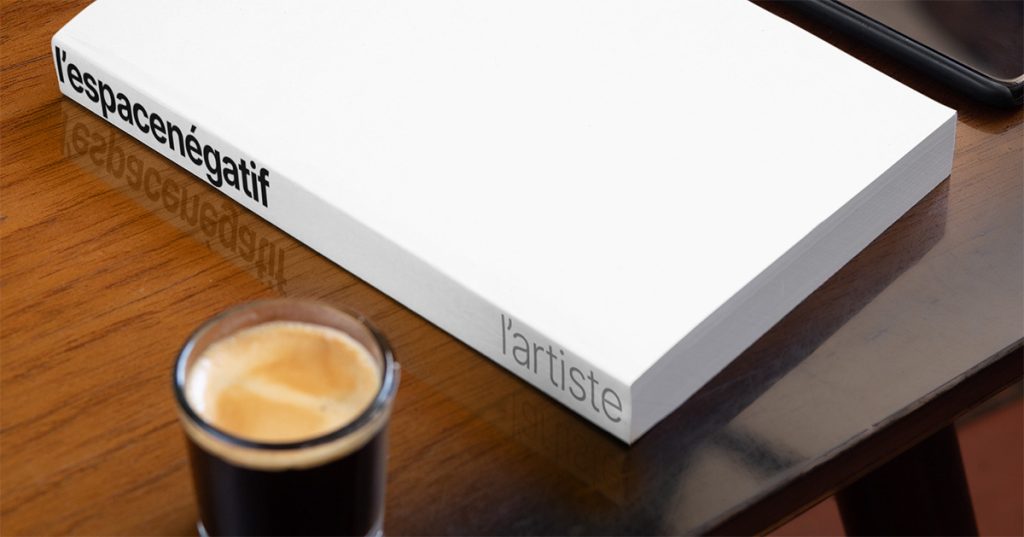
L’artiste decided that despite the massively reduced workload, this masterpiece was of a far greater purity than its previous work. As a result, it set the price at £1,618,033.98 – a figure representing the Golden Ratio. This equated to 1168.54 ETH at the time of launch.
You must be logged in to post a comment.